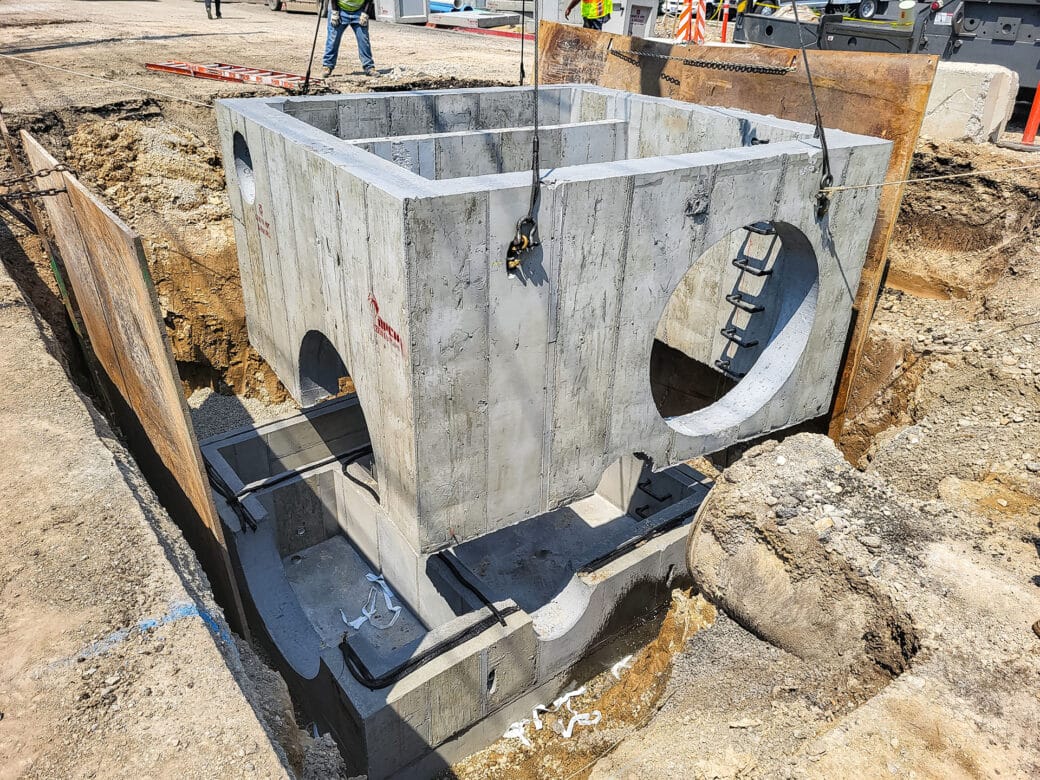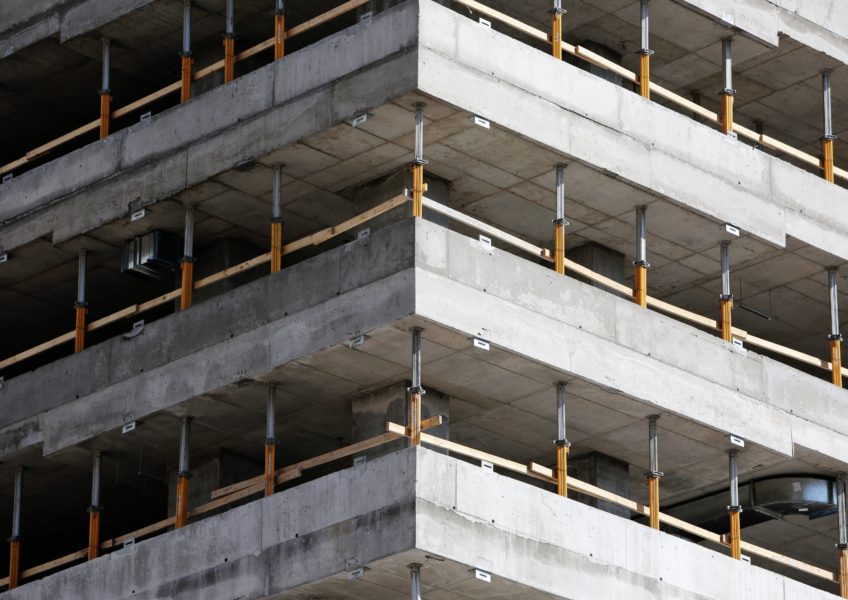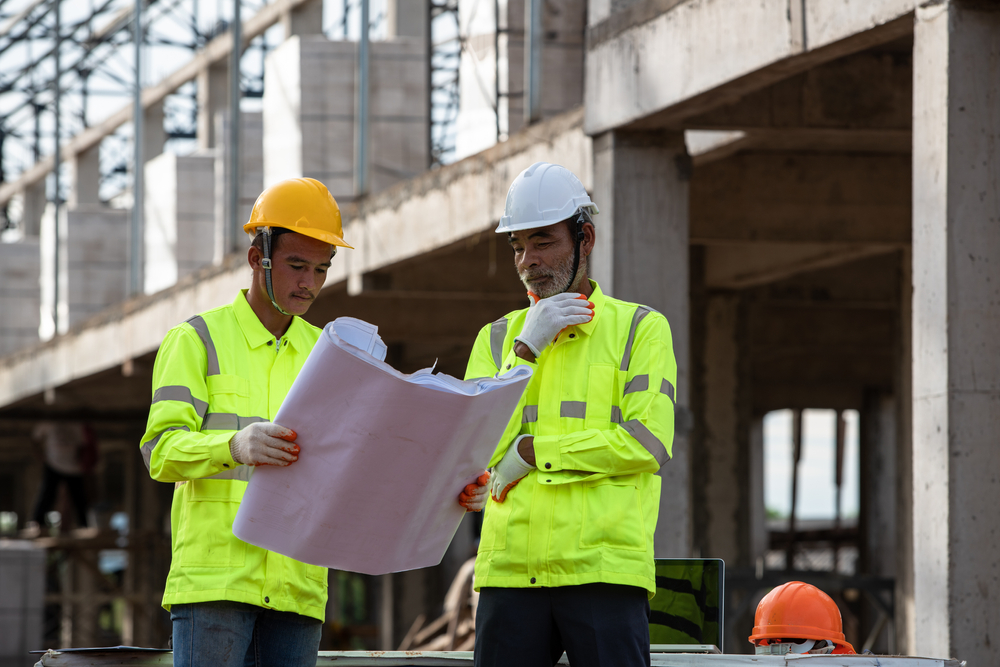Comprehending the Different Applications of General Engineering Concrete in Diverse Industries
When you consider the lots of ways basic engineering concrete influences numerous sectors, you'll find its applications are both wide and critical. From offering strong foundations for transport networks to supporting ingenious energy options, this material plays a vital function fit our framework. What regarding its impact on urban growth and ecological engineering? Discovering these facets can reveal a lot more than you might expect.
The Role of Concrete in Construction and Building Projects
Concrete plays a crucial role in construction and structure tasks, making up about 70% of all products made use of in modern structures. You'll discover it in foundations, wall surfaces, and floorings, giving toughness and sturdiness. When you pick concrete, you're choosing a material that can hold up against climate condition, resist fire, and support heavy lots. Its versatility enables various applications, from household homes to imposing skyscrapers.Mixing concrete with additives can boost its homes, enhancing workability and setting times. You can also mold it into various forms, permitting imagination in design. As you service your jobs, think about the ecological benefits of utilizing concrete, such as its ability to minimize power consumption in structures. In general, concrete's reliability and flexibility make it a keystone of the building market, making sure that frameworks are not just practical yet additionally risk-free and durable.
Framework Growth: Roadways, Bridges, and Passages
When it concerns framework advancement, roadways, bridges, and tunnels are vital components that link communities and promote transport. You depend on these frameworks daily, whether you're travelling to work or traveling cross countries. General engineering concrete plays a crucial function in their building and construction and longevity. Its strength and adaptability permit engineers to create robust streets that hold up against heavy website traffic and severe climate conditions.Bridges, typically extending rivers and valleys, require particularly formulated concrete to assure security and long life. Making use of reinforced concrete in tunnel construction not just supports significant weight however also boosts resistance against water seepage and ground activity.

Concrete in Transport: Enhancing Mobility and Safety
As you navigate via busy cities and rural roadways, the role of concrete in transport ends up being evident, substantially improving both movement and safety. Concrete's longevity assurances that roads, runways, and bridges endure hefty web traffic and harsh climate problems. This durability minimizes the need for frequent repair services, maintaining your journeys smooth and reliable.In addition, the design flexibility of concrete enables ingenious structures like walkways and passages, which efficiently reduce congestion and improve traffic circulation. You'll discover that concrete surfaces additionally supply far better traction, lowering the chance of mishaps in damp conditions.Moreover, the use of concrete in trains assists maintain security and safety for trains, making your trips a lot more effective. Overall, concrete's contributions to transport not just enhance your wheelchair yet also significantly strengthen public safety, mirroring its important function in the facilities you rely on daily.

Power Field Applications: From Nuclear Power Plant to Renewable Resource
In the power industry, concrete plays a considerable role in the construction and procedure of nuclear power plant and renewable resource setups. You'll discover it vital for developing strong foundations, supports, and control structures that hold up against extreme problems. In thermal nuclear power plant, strengthened concrete structures assure safety and security and toughness against high temperature levels and pressure. read more West Coast General Engineering Concrete.When it pertains to renewable resource, concrete is necessary for wind turbine bases, solar panel installs, and hydroelectric dams. It gives the stability needed to harness power efficiently. You could not realize it, but the concrete made use of in these applications is specially created to meet specific efficiency requirements, like sturdiness and resistance to environmental factors
Innovative Concrete Solutions in Environmental Design

The Effect of Concrete on Urban Growth and Landscape Design
Concrete plays a necessary role fit metropolitan advancement and landscape design, affecting every little thing from framework sturdiness to aesthetic charm. When you think about cityscapes, concrete frameworks like bridges, roadways, and structures enter your mind, providing a sturdy foundation for urban life. You'll discover just how properly designed concrete paths and plazas enhance public areas, making them extra inviting and functional.In landscaping, concrete deals adaptability, enabling imaginative designs for outdoor patios, retaining walls, and decorative functions. You can develop one-of-a-kind exterior spaces that blend flawlessly with nature while maintaining architectural integrity. In addition, concrete's capacity to hold up against weather extremes assurances durability, lowering the need for frequent repair services.
Future Fads and Advancements in General Engineering Concrete
As metropolitan landscapes evolve, the demand for cutting-edge concrete remedies is driving advancements as a whole engineering. You'll see fads leaning towards eco-friendly products and sustainable techniques. Scientists are concentrating on creating high-performance concrete that decreases environmental influence without compromising strength.Next-gen ingredients and blends, like recycled aggregates and bio-based materials, are getting traction, boosting durability and lowering carbon footprints. Smart concrete technology is likewise emerging, including sensing units that check architectural health and wellness in real-time, permitting aggressive maintenance.You could discover that 3D printing with concrete is ending up being much more viable, making it possible for complicated styles and faster construction timelines. In addition, the combination of self-healing concrete is on the surge, ensuring long life and lowering repair work costs.
Regularly Asked Inquiries
What Are the Environmental Effects of Concrete Production?
Concrete production produces considerable carbon discharges, consumes water, and depletes natural deposits. You can reduce these impacts by discovering lasting options, maximizing mix layouts, and including recycled materials to decrease your ecological footprint and boost sustainability.
Just How Does Concrete Compare to Other Building Materials?
Concrete's resilience and stamina often outperform materials like wood and steel. It's flexible, cost-efficient, and energy-efficient, but its environmental effect can be substantial. You'll want to weigh these factors when selecting structure materials.
What Are the Different Types of Concrete Available?
There're a number of types of concrete offered, including requirement, reinforced, high-strength, light-weight, and ornamental. Each kind offers specific functions, so you can pick the one that ideal fits your job's needs and needs.
Just How Is Concrete Recycled and Recycled in Building?
You can recycle concrete by crushing it into accumulation, which you after that recycle in brand-new construction jobs (West Coast General Engineering concrete foundation). This process reduces waste, decreases prices, and minimizes the environmental impact of sourcing brand-new products for your builds
What Precaution Are Required When Dealing With Concrete?
When dealing with concrete, you need to wear protective gear, like gloves and goggles, guarantee correct ventilation, and use safe lifting techniques. Constantly adhere to security guidelines to avoid injuries and preserve a protected workplace.